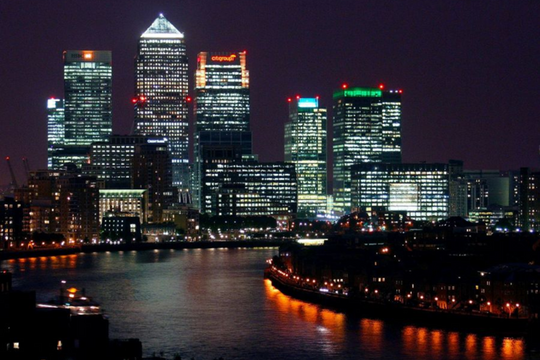The cost-of-living crisis, high-interest rates, instability in financial markets and limited housing stock in London mean that typical rent prices will continue to rise. According to statistics from the 2021 Census, the number of renters in England and Wales has doubled since 2000. And London has the highest percentage of renters in England, with over 50 per cent of households renting in the private or social sector. Therefore, these combined factors mean it’s a good time to invest in the London rental market.
What is the state of the rental market after the global Covid-19 pandemic? What is predicted to happen with London rents between 2023 and 2025? This article provides answers to these questions and more.
Current State of the Rental Market in London
Various global factors since the start of the pandemic in 2020 have shaped the current rental market in London. Although house prices are falling, high mortgage rates and inflation have squeezed demand for new homes.
So how does this affect the current rental market in London? The Guardian reported that London experienced one of the highest rental growths in the UK rental market in the 12 months until 2022 – a massive 16.1 per cent. This jump in rental prices is because demand is outstripping the current supply of homes to rent.
London estate agents and analysts also confirm these figures. For example, monthly private rents in Lonon in 2023 were around £273 more expensive than in the previous year. The reason is that rental demand in the nation’s capital is 46 per cent above the previous five-year average.
Why Rents in London Will Continue to Rise
Will the increase in rents continue in 2024 and 2025? Due to the financial crisis, it looks like high demand and limited supply will continue to push rents up in London.
The data website Statista.com forecasts that average rent increases for London will increase between 3 and 4 per cent in 2024 and 2025. As expected, demand for rental housing stock in Central London is the highest, and that is where landlords will see the most significant jump in rents.
Related article: Ten tips for making a buy-to-let work.
Other Rental Trends in London
The squeeze on household finances and challenges for first-time buyers to get on the property ladder means that parts of the marketplace will continue to favour rental properties.
Of course, savvy property investors also face challenges when looking for buy-to-lets in London. For example, higher mortgage costs can mean a reduction in rental revenue. Therefore, investing in the right property type in the private rental sector is crucial.
Another consideration for property investors is proposals to introduce a rent freeze in London.
For many people, the impact of the lockdowns made outside space a key priority during the pandemic. This fact means that rental properties with a garden or good proximity to green spaces are at a premium.
Also, the demand for eco-friendly homes will likely increase due to environmental concerns and the pressure of energy bills. According to a recent survey, 83 per cent of renters say that energy home efficiency will be a crucial factor in choosing their next home. Additionally, 40 per cent of renters would be willing to pay a premium for a ‘greener’ home with lower energy bills.
In Conclusion
Trends show that monthly rent payments in London will continue to rise in 2024 and 2025. This is because many private landlords say they plan to reduce the number of homes they let. Therefore, fewer homes to let and fewer being built means that demand for accommodation in the social and private rental sectors will grow. The result will be increased average asking rent prices in London.
Are you a property investor interested in buying a house to let in London? If so, contact Hastings International today. We have many years of experience finding profitable investment properties in the London rental market.




